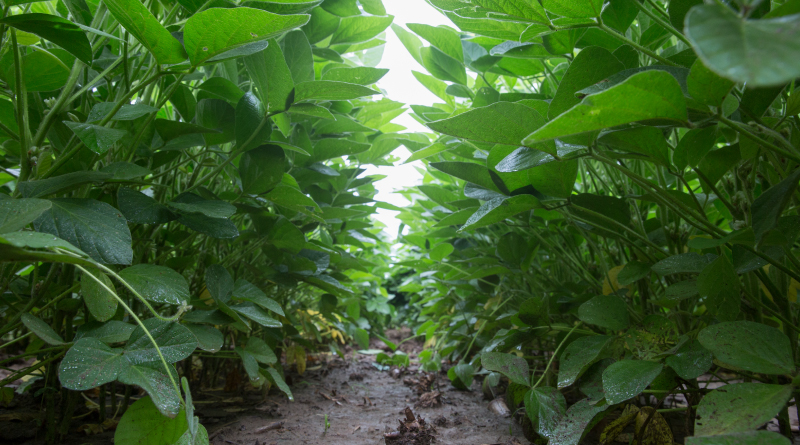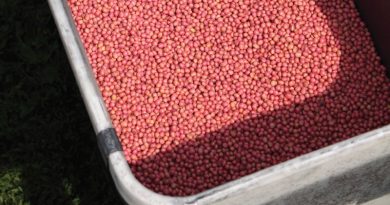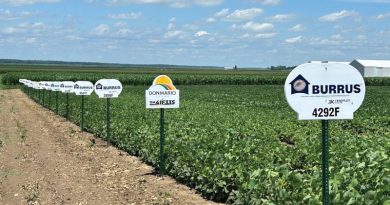Managing Continuous Soybeans
With crop input prices reaching multi-year highs, we anticipate a reduction of corn acres in 2022. With that in mind, there will be an increase in continuous soybean fields. Seed and fertilizer costs, on a per acre basis, are lower for soybeans over corn. There are management decisions when planning for multiple years of soybeans that growers need to consider.
Soybean Cyst Nematodes
Soybean cyst nematodes (SCN) can limit production in soybeans when there are high populations present. The first step in successful management is field selection and testing. We recommend avoiding fields with a history of SCN when selecting continuous soybean acres. Once you determine a suitable field, testing for acceptable SCN levels will confirm your decision. Use a soybean variety that has SCN resistance and rotate the type of resistance trait used.
Seedling Disease
Both timing and chemical methods should be used in tandem to minimize the affect of the high inoculum levels. Burrus recommends planting when the risk of seedling diseases is lower. Waiting for higher soil temperatures that lead to more rapid emergence can help manage this risk. PowerShield seed treatment use the recommended rates for each product. The multiple modes of action can show significant improvement when controlling seedling diseases.
Fertility
Although you can limit fertility costs with a soybean crop, it is important to address the specific needs of soybeans, namely potassium (K). Yields in 2021 were generally higher than usual for soybeans resulting in quite a bit of removal of K. It is recommended to add K, especially in fields with lower baseline fertility levels.
Variety Selection
Make sure to plant a different variety than the previous year. Each soybean variety has its own strengths and weaknesses. Planting the same product on the same ground puts it at risk of experiencing higher disease pressure in its unique area of weakness. When selecting a new variety, choose one with a strong disease package complimentary to the previous variety.
Pests
Both weed and insect pressures will be very different than a year of corn. Insect and weeds that thrive in soybeans will be at increased levels and require more management. For insect control, scout diligently throughout the season and make applications necessary to manage high populations. To manage the differing weed pressures, use a strong pre-emergent herbicide with multiple modes of action. It would also be beneficial to rotate chemistry to prevent weed resistance development in these fields.
The cost benefits of continuous soybeans can be enticing, but it does not take long for severe yield penalties to develop. After only three years of continuous soybeans, large yield reductions can occur. Therefore, it is recommended to keep soybeans in a rotation to maintain the long-term benefits from incorporating corn. Keep all these factors in mind when considering planting another year of soybeans.






